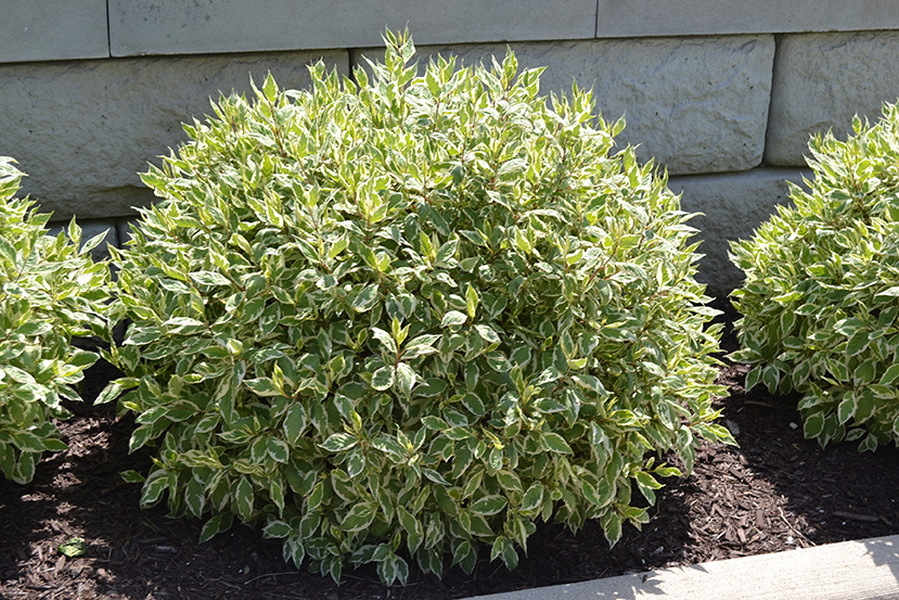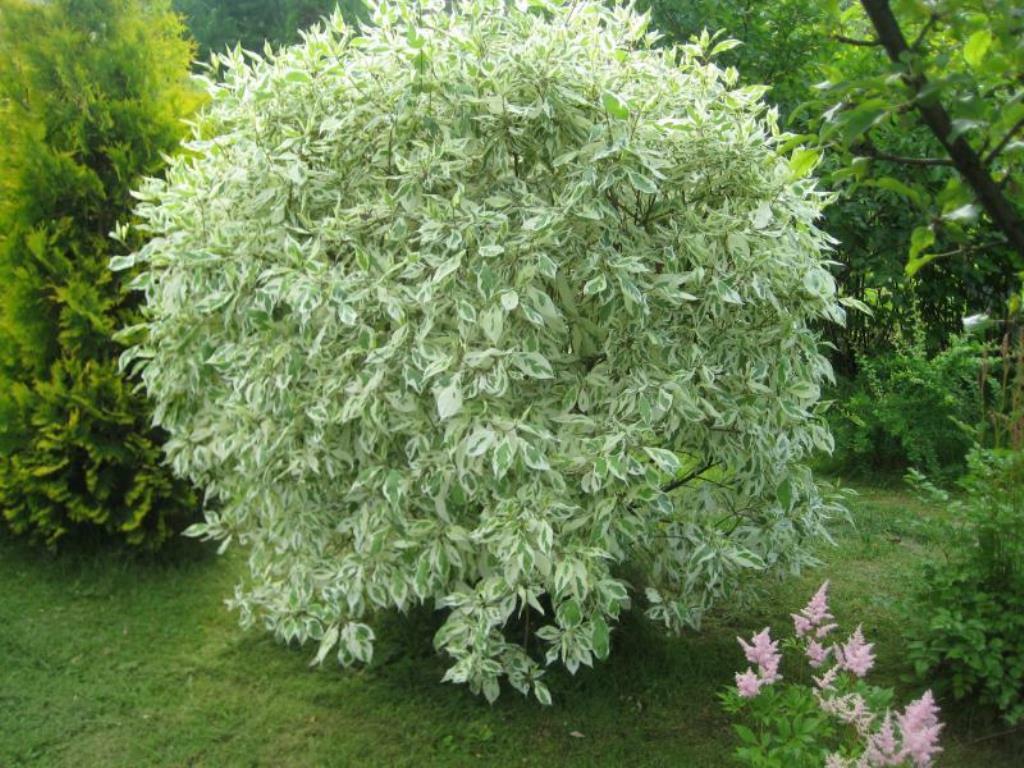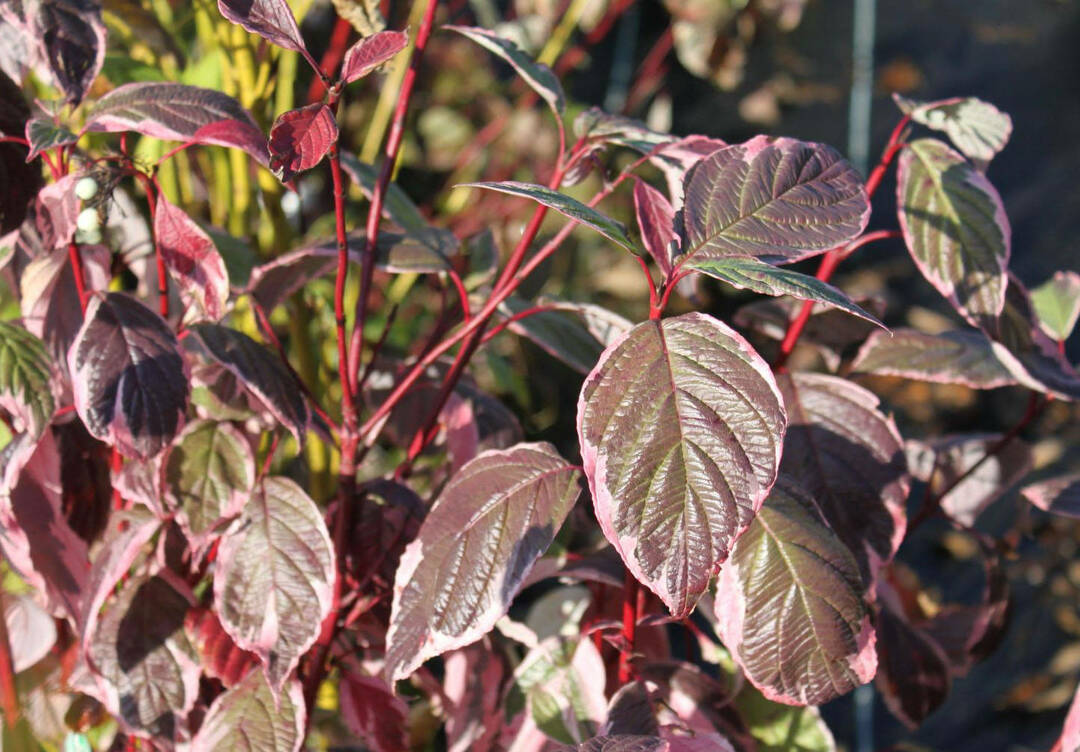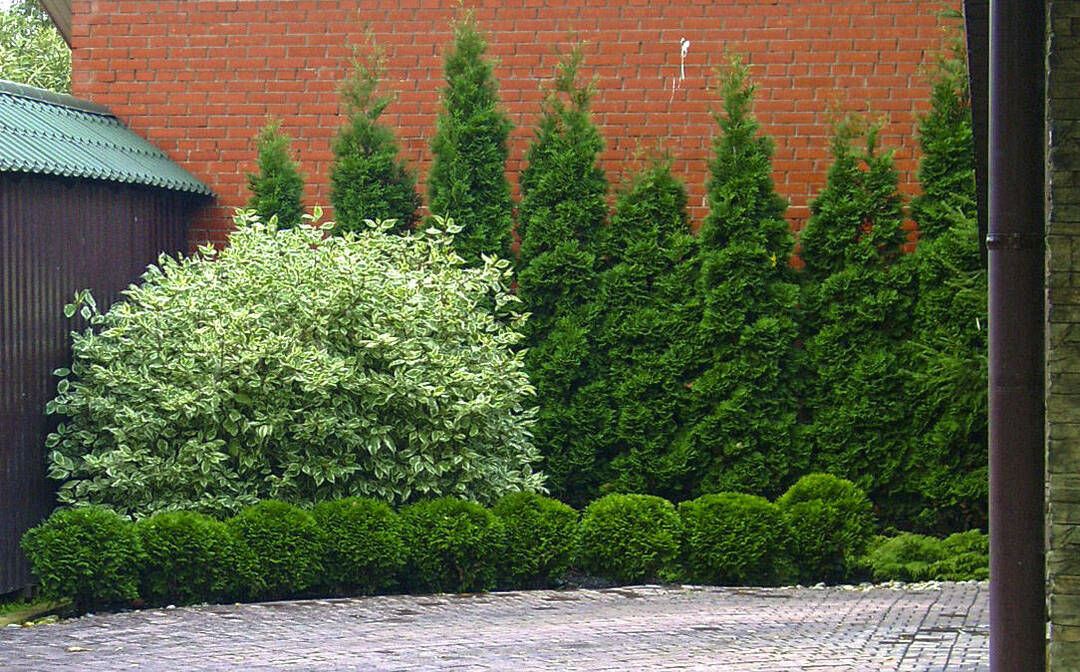Dogorain is a perennial shrub, the decorativeness and varietal variety of which surprises with its beauty all year round. A spectacular plant is unpretentious in care, and its planting is not particularly difficult. In landscape design, its use is varied, for which it is appreciated by gardeners. At any time of the year, a plant composition or a hedge in a different style will adorn the garden plot.

Derain is an ornamental plant that is rapidly gaining popularity among owners of private houses and cottages.
Reasons to use dogwood in landscaping
Content
- Reasons to use dogwood in landscaping
- Description and photos of popular varieties of derain
- Rules and recommendations for breeding and caring for dogwood
- Reproduction
- Care
- Ornamental pruning of shrubs
- Conclusion
- VIDEO: How to use dogwood in landscape design.
- 50 ideas for using turf in garden design:
In landscape design, the plant is quite in demand. Its crown allows you to form various shapes and forms, and the contrasting color of the bark looks interesting against the background of fallen leaves and fallen snow. In addition, the perennial bush blends harmoniously with other deciduous plants, which allows designers to create unusual compositions.

It looks very impressive, so the culture is often used in landscape design.
The dogwood shrub transforms the site not only in the warm season, but also in the cold one. In spring, the plant enlivens the garden landscape with blossoming leaves and flowering, in summer - with beautiful and dense foliage, in autumn and winter it flaunts with bright shoots.

The shrub is attractive both in summer and winter, and besides that, it is unpretentious and resistant to the most difficult climatic conditions.
In the design of the local area, dogwood is used in different ways. If the site or garden is visible from all sides, then a high dense hedge will be a good protection from gusts of wind and prying eyes. A distinctive feature of the shrub is fast growth and good branching. Therefore, the hedge is formed in a short time by frequent haircuts.

The variegated dogwood is one of the brightest achievements of breeders; this plant does not grow in its natural environment.
Ornamental varieties are used to decorate the garden. Almost all types of plants are unpretentious. Dogwood tolerates moist soil well, so it is often planted near ponds and water bodies.
The culture is also used to decorate the undergrowth, since its variegated forms well set off tall stands. In this case, a group landing pattern is used. Flowering species are relevant in solitary plantings.

The species was obtained on the basis of a white deren from the cornel family.
For garden design, a chic ornamental shrub is a real find. It is popular not only in the design of the garden and park area. Dogorain tolerates urban conditions well, which is why it is often used to decorate roadsides. You can appreciate the beauty of the turf bush decoration from the photo.
For reference! The dense growth and roots of the plant perfectly strengthen the soil, protecting the soil from erosion.
Description and photos of popular varieties of derain
The member of the cornel family includes about 30 species and varieties, each of which differs in the size and color of the foliage. Miniature varieties reach a height of no more than 20-30 cm, other bushes or trees grow up to 1-3 m. Depending on the variety, the color is from white to red-pink. The visiting card of many decorative forms is bright fruits. They are berries with juicy pulp and one or two seeds.

The shape of the leaves is heart-shaped, the edge is even, the main vein is clearly pronounced.
Consider a description and photo of popular varieties of deren in landscape design:
- Derain variegated. A bush or tree reaches a height of 3 m, has a large number of straight branches. Distinctive features of the plant are coral-red branches with bright foliage coloration. Leaves with a white or yellow border grow to large size. The inflorescence is white, up to 6 cm in diameter. Suitable for creating a living fence or decorating an alley and garden.

The plant is absolutely undemanding to care for, the culture can adapt to almost any habitat.
- Derain is offspring. Shrub up to 1.8-2.8 m in height has a powerful root system and developed processes. The crown diameter reaches 2-3.5 m. The peculiarity of this species is the numerous root suckers. Shoots are flexible, with shiny bark of different colors (from light green to red-brown or yellow). The buds are collected in corymbose inflorescences. The petals are small, white or cream colored. At the end of summer, white or purple-blue inedible berries ripen on the deren bush.

A distinctive feature of the deren is its increased growth rate, as well as the ability to tolerate any cut, even radial, without any damage.
- Deren Ivory Halo. A spectacular variety with strong, upright shoots of reddish brown or coral color. Oval-shaped leaves are white-green in color with extensive light spots. In autumn, they acquire a reddish-brown tint. Fast-growing shrub grows up to 2 m, blooms with yellow flowers. Suitable for group plantings.

A low-growing plant, does not grow more than 1.5 m, the crown is spherical, and takes the desired shape even in the absence of pruning.
- Derain white Elegantissima (Elegantissima). The appearance of the leaf plate has a light edging, the flowers are white. The height of an adult plant is 2.5-3 m. The shape of the shrub is spreading, rapidly expanding in all directions. The foliage is dense, white or deep green. Derain white elegantissima in landscape design is the most popular variety.

It is one of the most common varieties of deren and is often planted in single plantings.
- Derain of Sibirica Variegata (Sibirica Variegata). A fast-growing variety capable of growing up to 3 m in height.It is characterized by a wide spreading crown, the diameter of which is 1.5 m.The color of the bark is bright, bushes of bright red are often found shade. The shape of the leaves is ovoid, slightly folded. The flowering period occurs at the end of May, beginning of June. It is planted both singly and in groups.

This is a low-growing shrub that grows up to 1.5 m. Shoots are bright scarlet, almost bloody.
- Derain f. Sibirica (Siberian form). A dense bush with green leaves grows up to 1.5 m. It has a large number of upward red thin shoots. The main plus of the decorative variety is the rich color of the bark. Differs in good winter hardiness.

The leaves are elongated, light green with a creamy edging.
For reference! There are tall varieties, the height of which reaches 7-9 m.
Rules and recommendations for breeding and caring for dogwood
Planting and turf maintenance requirements are minimal. A frost-resistant plant withstands cold winds and is able to tolerate a small layer of snow. Therefore, the shrub also feels comfortable in northern latitudes.

It will be correct to plant grass in the spring, since in this case the plant will have the opportunity to grow up over the summer, to get stronger.
Reproduction
There are several breeding methods. Amateur gardeners use the simplest option - the formation of layering. To do this, a twig is placed in a place cleared of sod and a compost or earthen roller is poured. The rooting site should be kept moist. A year later, the rooted shoot from the mother liquor is cut off. The resulting seedling is transplanted to a permanent place in the third year in autumn or spring.

Cuttings are harvested at the very beginning of summer. You should use last year's, not young branches, always with dense wood.
Without additional treatments, the lawn germinates well from seeds. Their germination rate is quite high - 70%. But most often the plant is propagated by cuttings or root shoots. The best period for propagation by cuttings is at the end of the flowering stage. Cuttings are cut at an angle of 45 ° with 2-3 internodes below the leaf buds. It is advisable to remove the foliage. Then they are planted in a universal soil. It usually takes 6 weeks for rooting.

With proper care, they take root by the fall and in the spring such cuttings can already be moved into open ground.
Care
After planting, young seedlings are sensitive to dry weather. In the absence of rain, the first month, watering is carried out every 2 days, after which it is reduced to 1 time per week.

Caring for dogwood is reduced to watering, fertilizing and forming a crown.
Important! Decorativeness and good crop growth are possible only with constant soil moisture.
In cold weather, soil mulching from compost or peat is carried out around the plantings. Pour mulch in the near-stem circle, without touching the trunk and the base of the shoots.

Derain should be watered once a month, and about 15-20 liters should be poured under each plant.
Seasonal feeding is also part of the lawn care. For active growth and flowering, the plant is fed with slow-acting mineral fertilizers in the form of granules or powder. Fertilizer is added in May or June - during the growing season. In the cold season, potassium supplements are used, which impart resistance to low temperatures and diseases.

Intensive soil moisture is required only for young seedlings up to the third year of life.
Ornamental pruning of shrubs
Pruning is an important step for a plant. The procedure allows you to preserve the decorativeness of the varieties, to maintain their compact shape and the required height. Sod pruning depends on the style of the garden and the role of the shrub in it. In large landscaped gardens, the plant looks harmonious in its natural form. In this case, regular formative and rejuvenating pruning of the bush is sufficient. For this, 1/3 of the oldest shoots and branches are removed in the spring.

Twice a year, the bushes are watered with a solution of mineral preparations based on a proportion of 150 g for each plant.
Shrub formation begins 1-1.5 years after planting. Dogwood shrub tolerates regular shearing, which allows experimenting with the geometry of the plant. For the formation of geometric sheared figures, cubes, balls and hemispheres from the bush at the beginning of spring, at a height of 10-15 cm from the earth's surface, old bare branches are removed. As a rule, they are at least 3 years old. From young flexible shoots, they make the basis for giving the shrub the required volume. The shape of the bush is corrected by trimming the tips of the shoots in spring and July-August.

Pruning is an important step in sod care. It is best to carry out these manipulations in early spring, optimally in March.
An interesting idea is to grow deren on a small stem. To do this, one or more powerful young shoots are tied together or tied to a vertical support. They are shortened at a height of 50 cm, in the future the shoots will form the trunk. The remaining branches are cut at the root. The crown is formed from the apical branches, while regular removal of shoots on the ground and new shoots on the trunk is required.

Derain perfectly tolerates even the most severe frosts, but this applies exclusively to adult plants.
Conclusion
Derain is an unpretentious and frost-resistant shrub that can be easily grown even without special knowledge. The plant, unique in its beauty, will become an adornment of landscape design at any time of the year.

Derain is recognized as one of the most popular plants in landscape design, there are quite a few ways to use it.
VIDEO: How to use dogwood in landscape design.
50 ideas for using turf in garden design:




